Abstract
Pigeons responded in an observing-response procedure in which three fixed-interval components alternated. Pecking one response key produced food reinforcement according to a mixed schedule. Pecking the second (observing) key occasionally replaced the mixed-schedule stimulus with the stimulus correlated with the fixed-interval component then in effect. In Experiment 1, observing was best maintained by stimuli correlated with a reduction in mean time to reinforcement. That finding was consistent with the conditioned-reinforcement hypothesis of observing behavior. However, low rates of observing were also maintained by stimuli not representing delay reduction. Experiment 2 assessed the role of sensory reinforcement. It showed that response rate was higher when maintained by stimuli uncorrelated with reinforcement delay than when the stimuli were correlated with a delay increase. This latter result supports a symmetrical version of the conditioned-reinforcement hypothesis that requires suppression by stimuli correlated with an increase in time to reinforcement. The results were inconsistent with hypotheses stressing the reinforcing potency of uncertainty reduction.
Keywords: conditioned reinforcement, conditioned punishment, delay-reduction hypothesis, observing behavior, multiple schedules, mixed schedules, sensory reinforcement, key peck, pigeons
Full text
PDF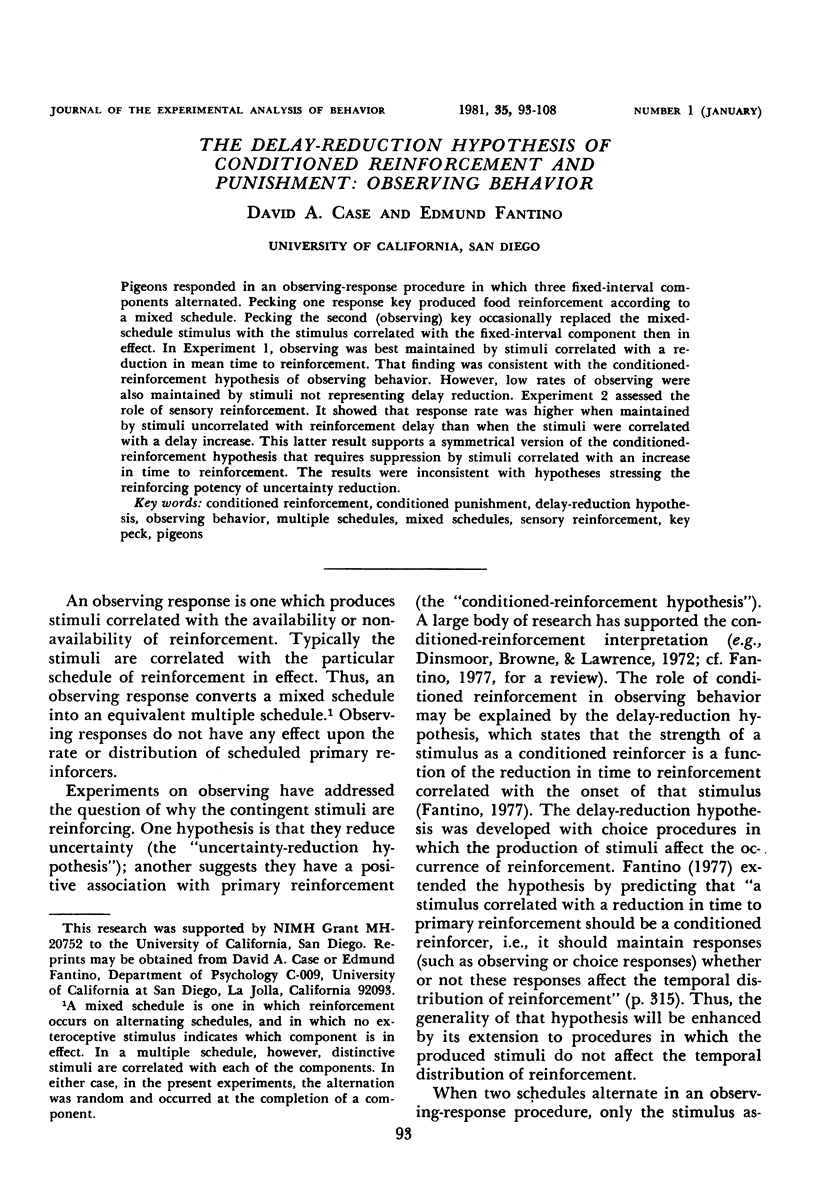
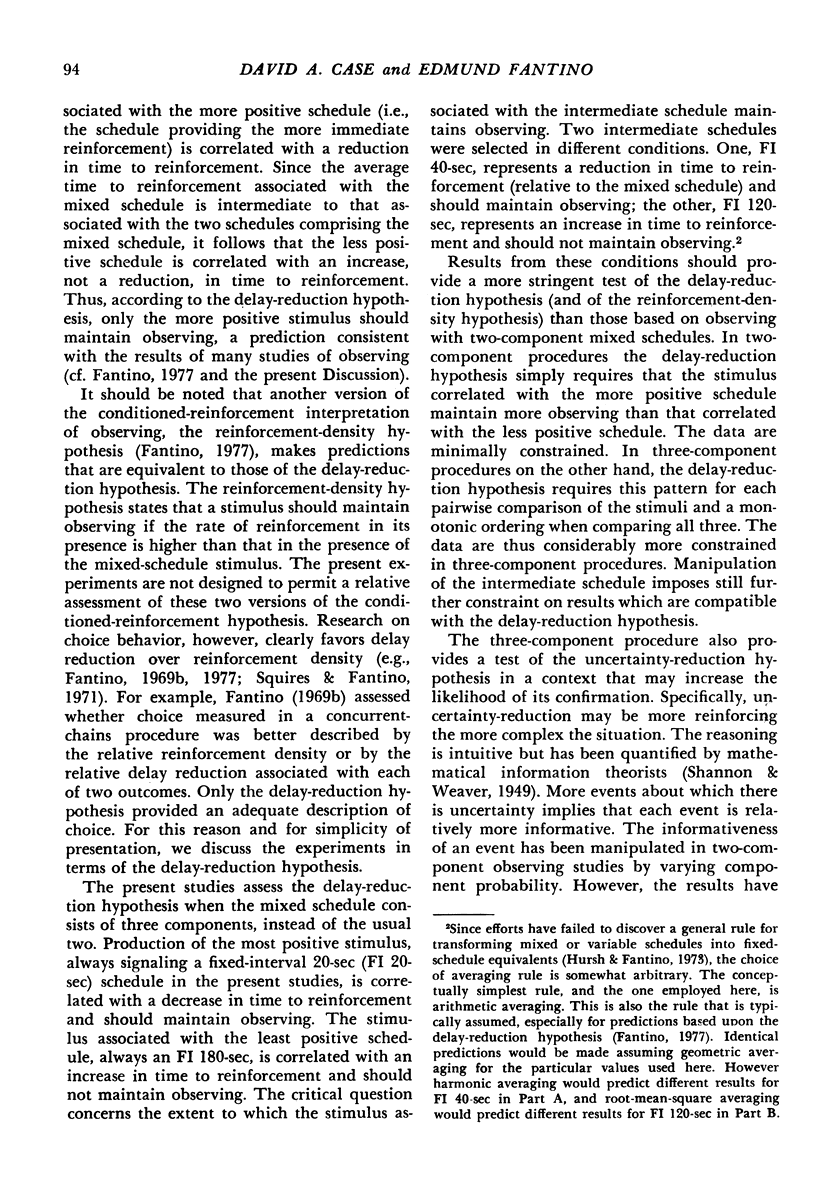
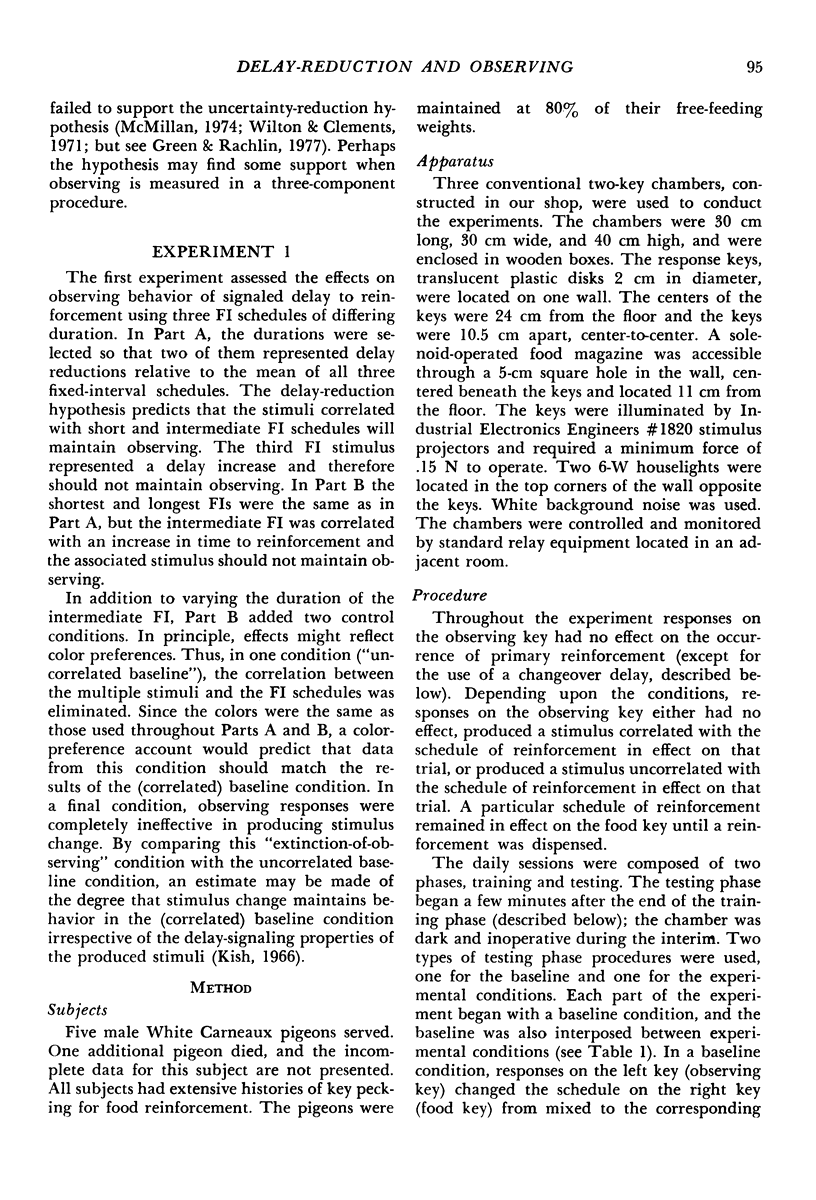
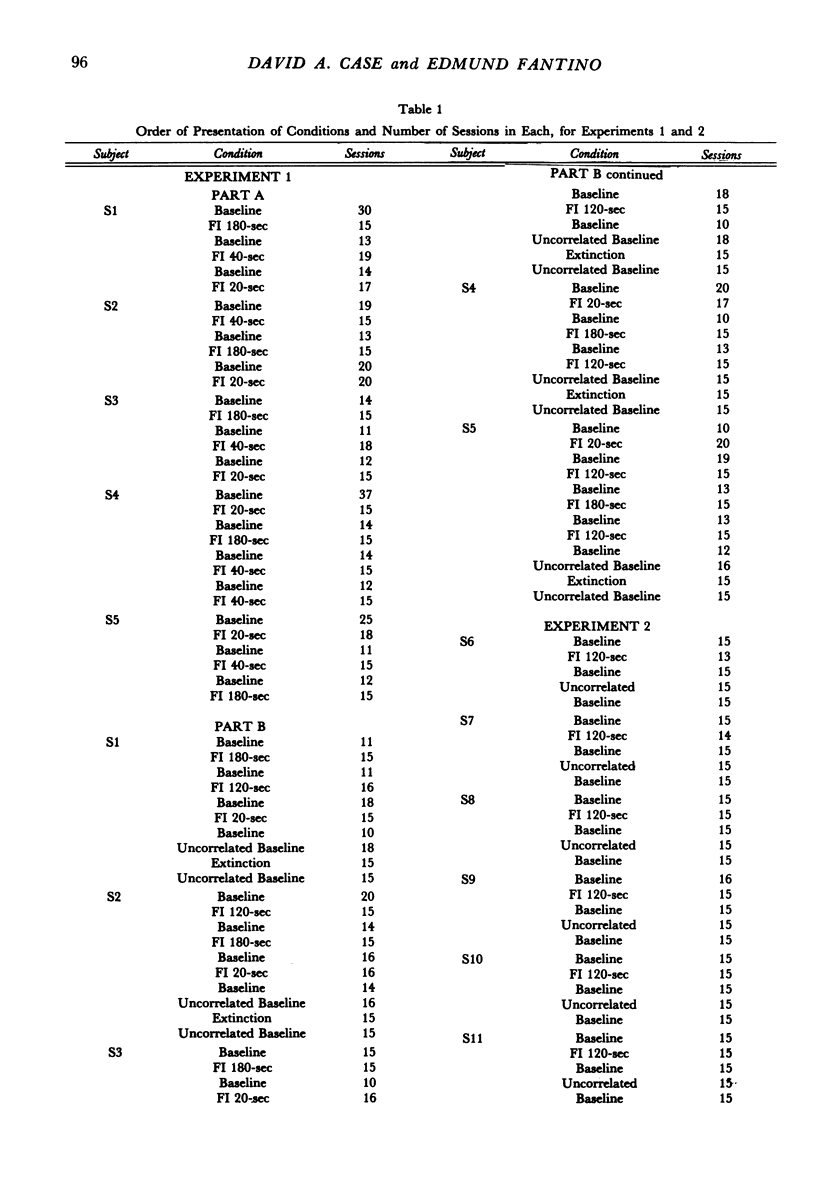
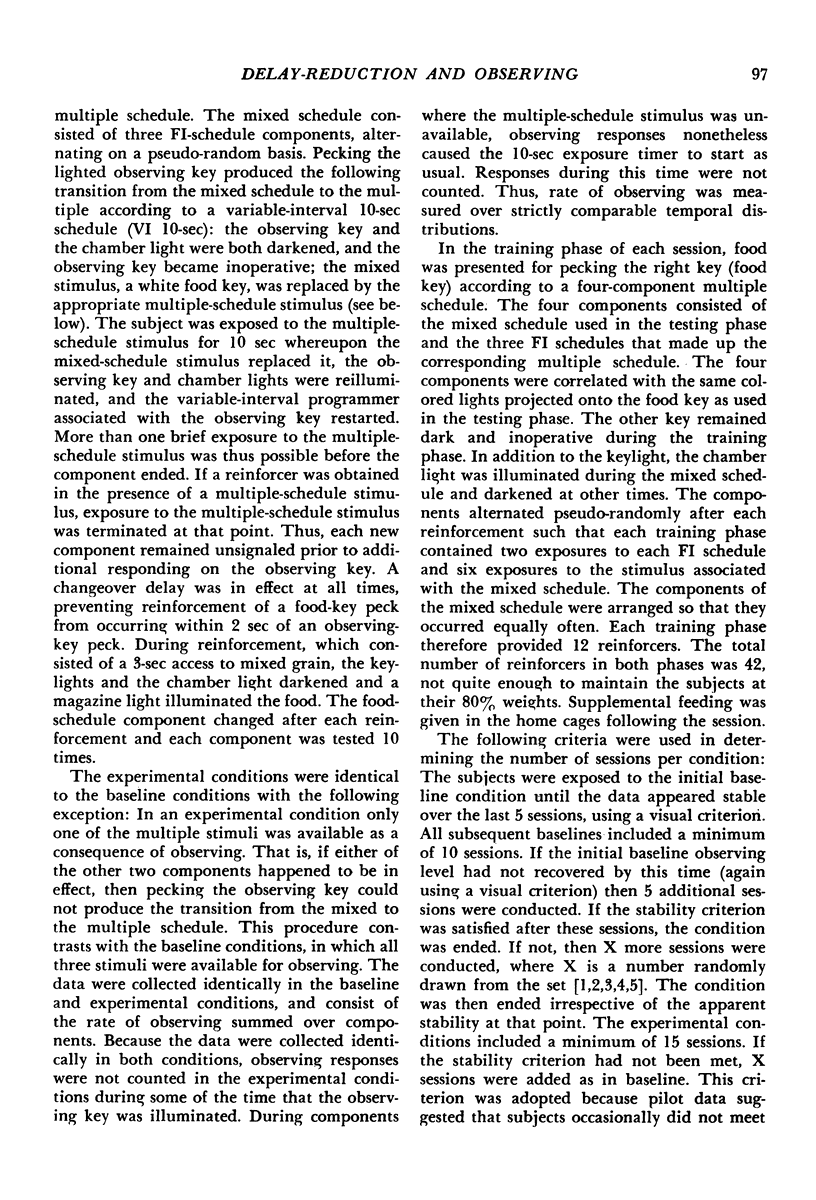
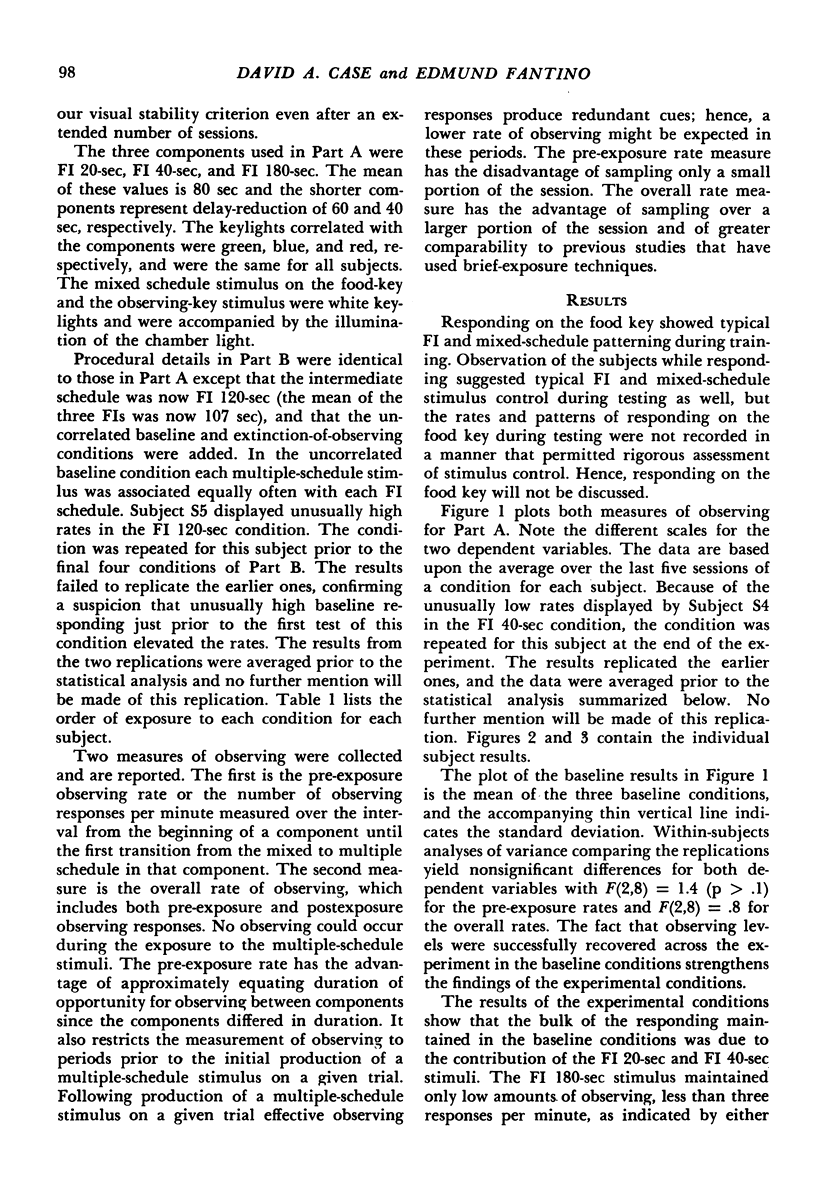
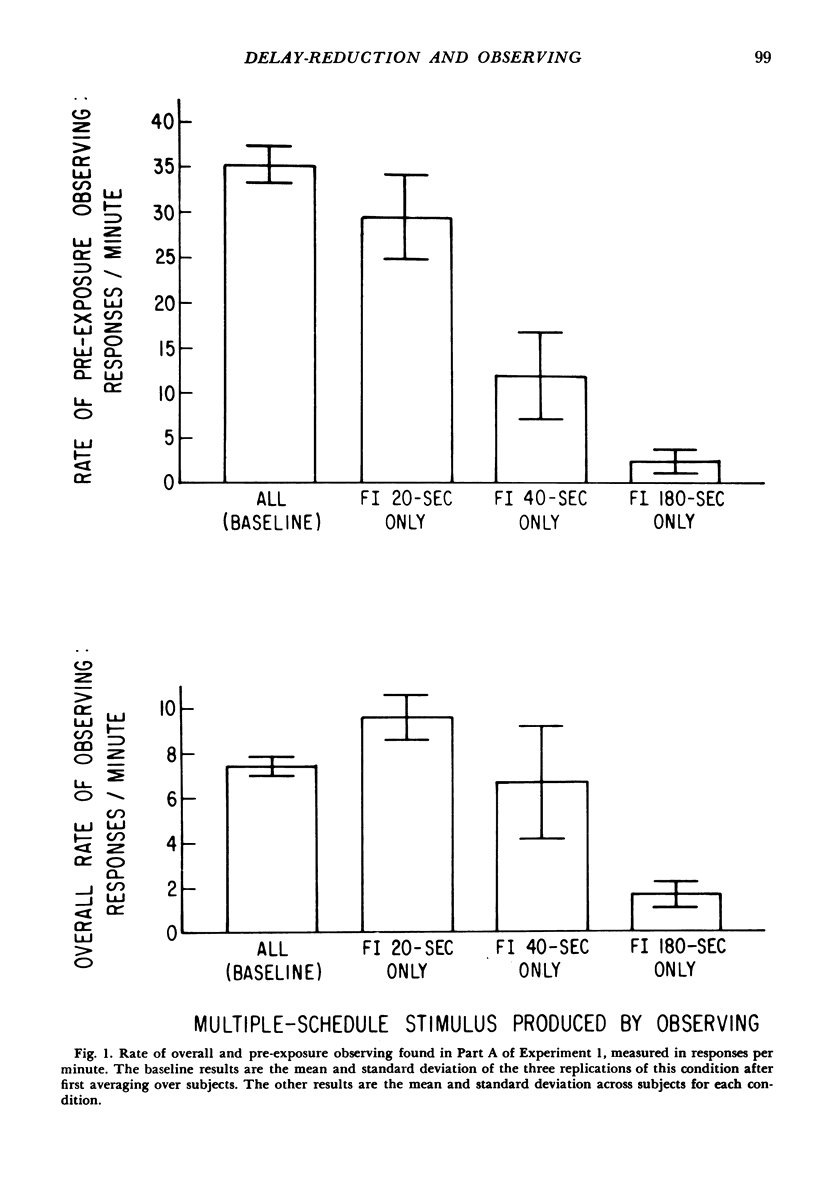
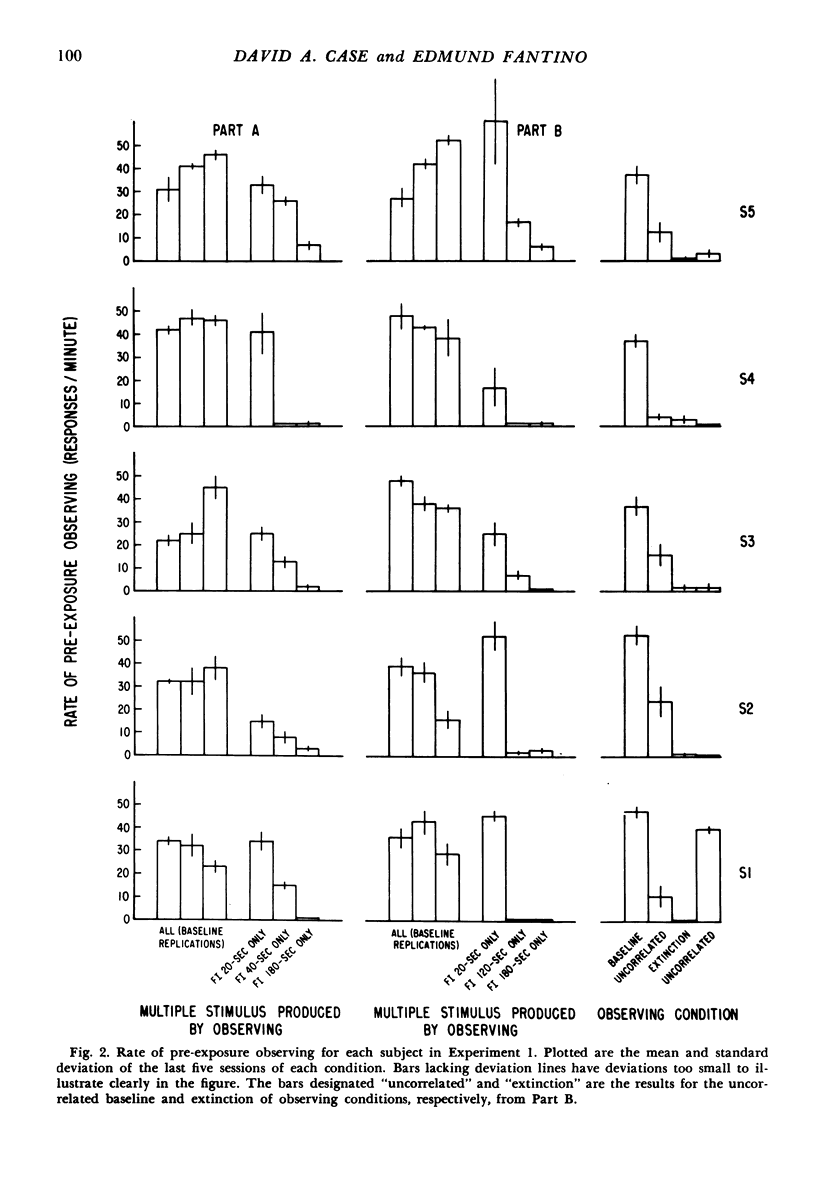
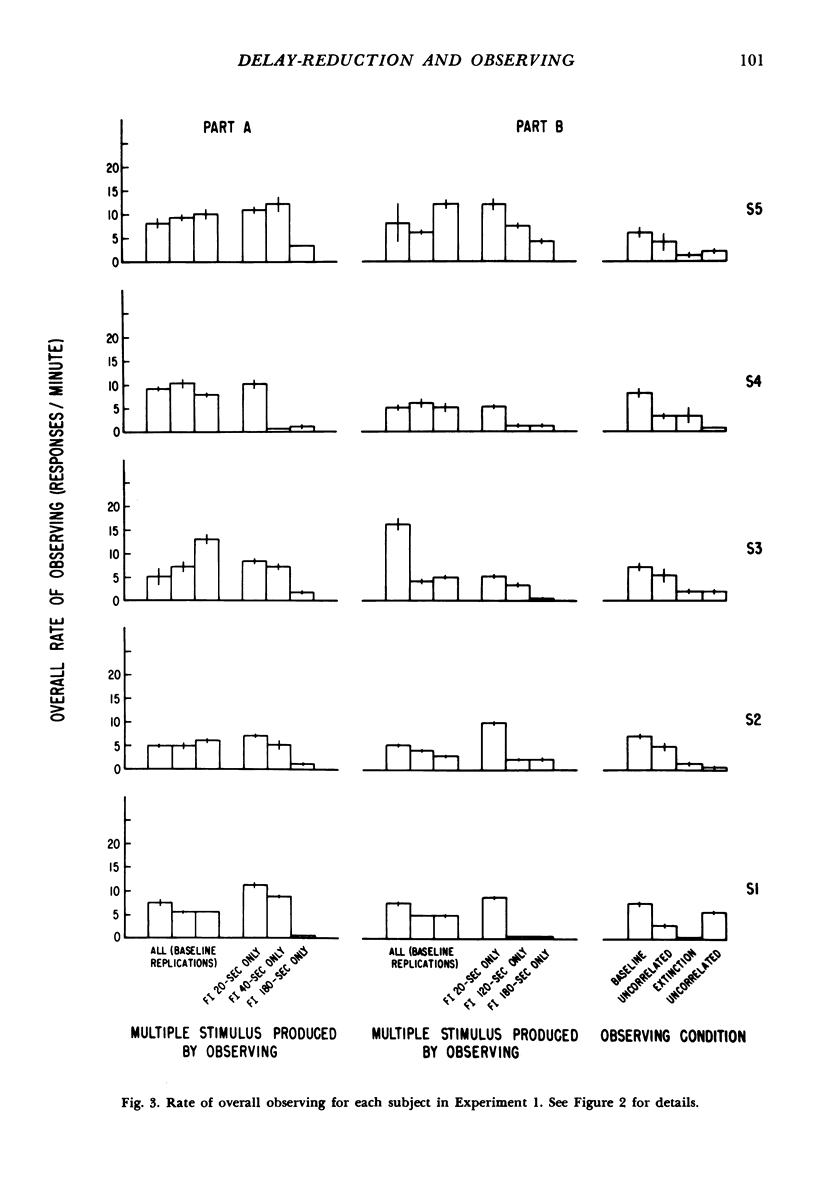
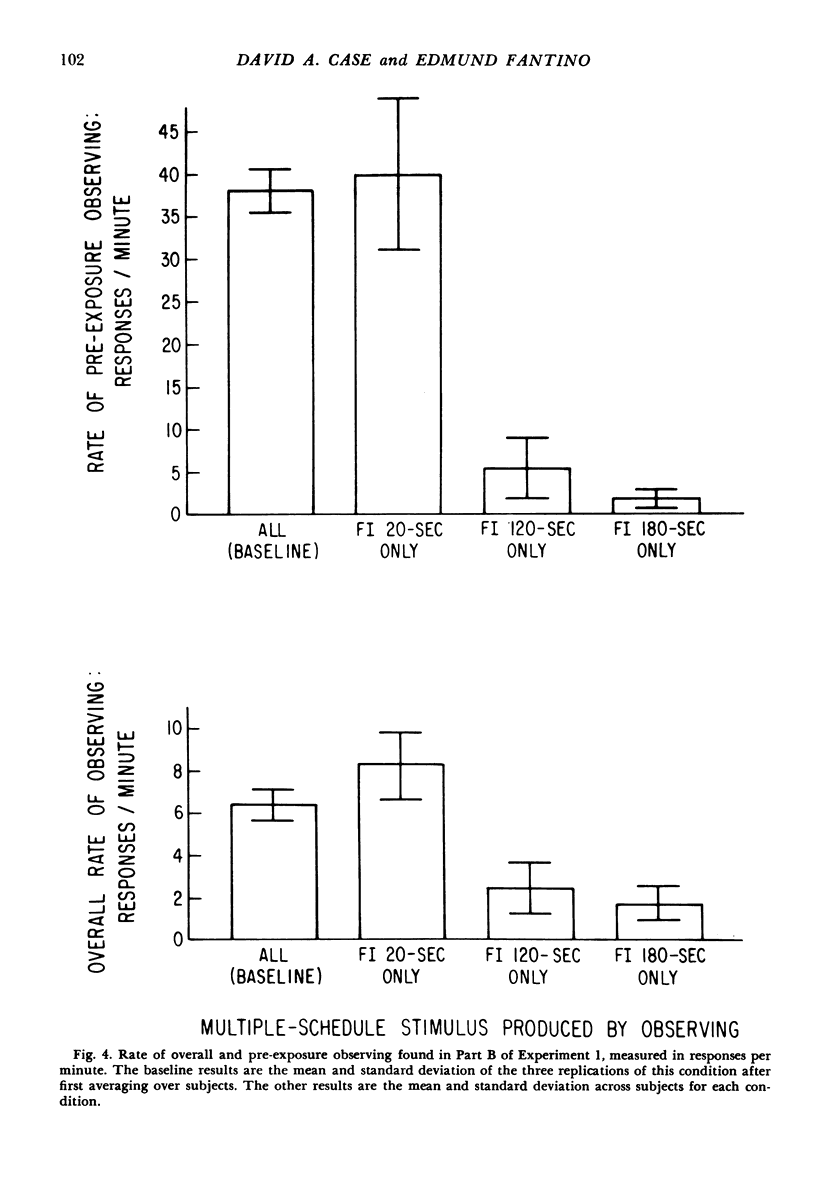
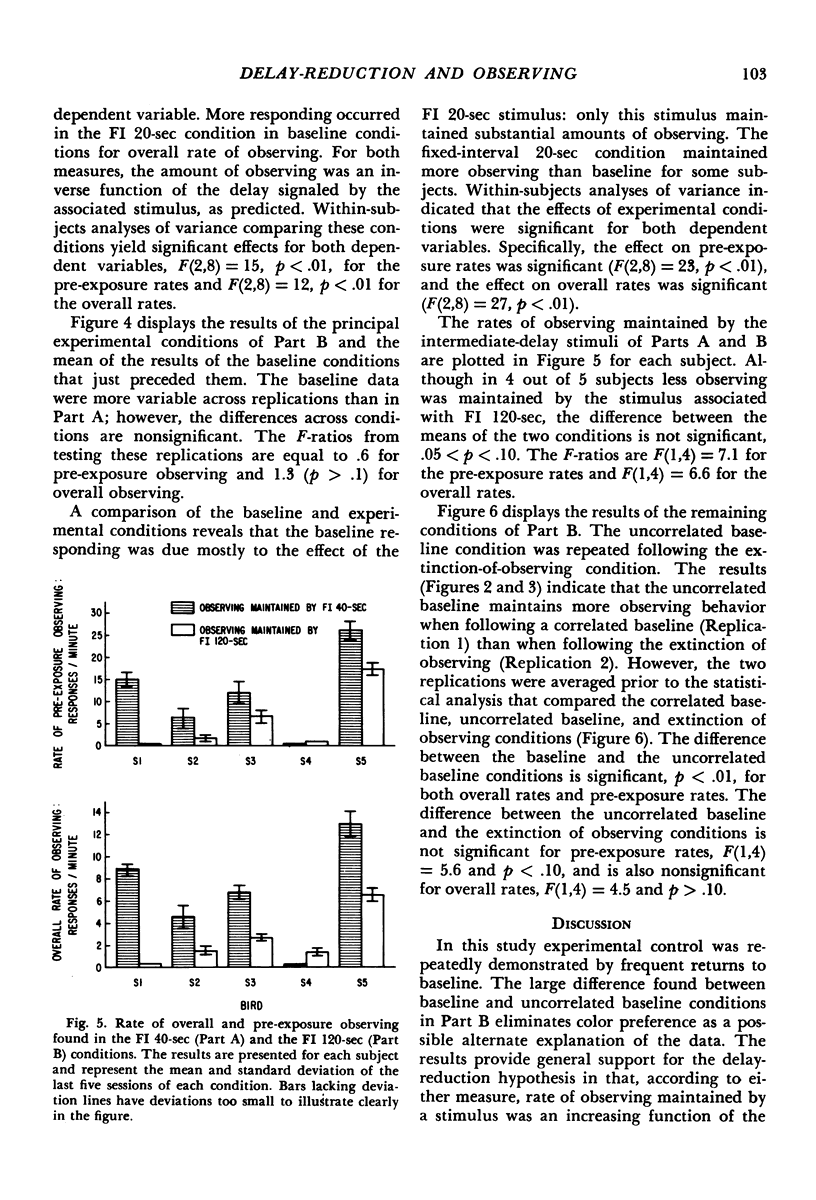
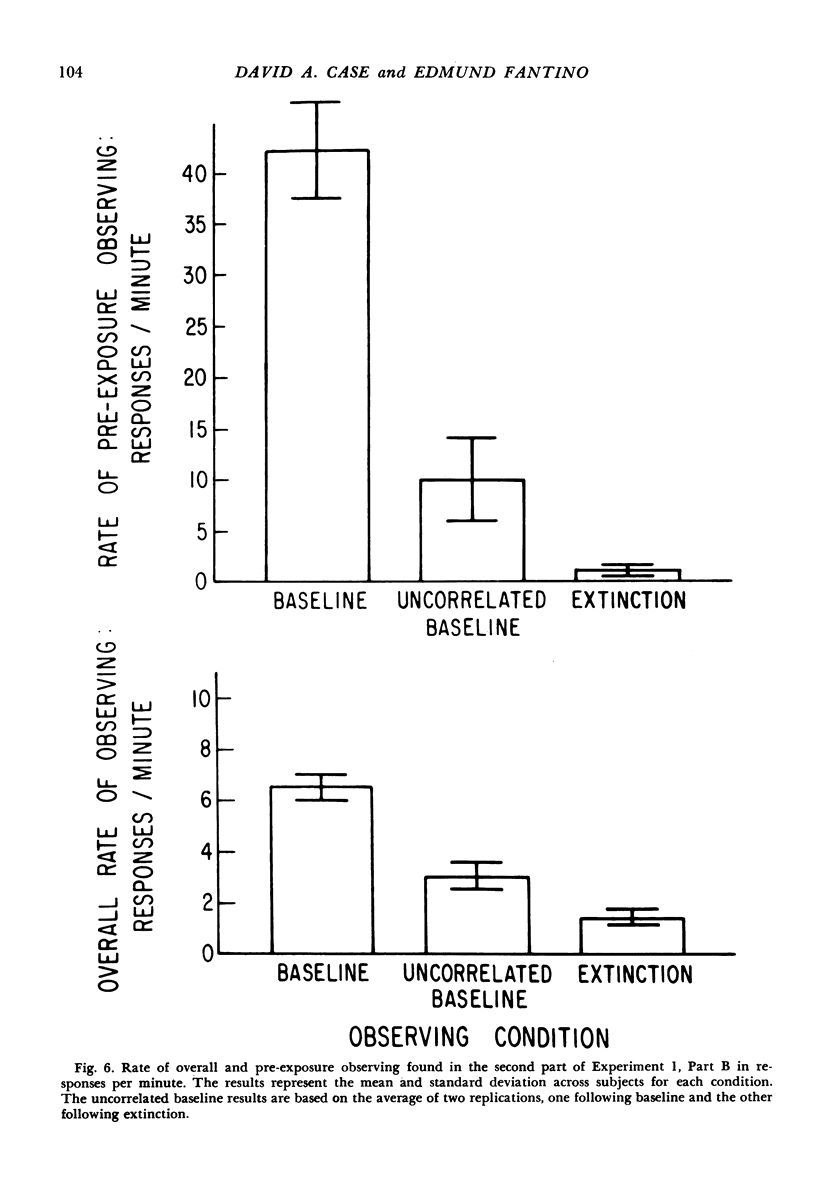
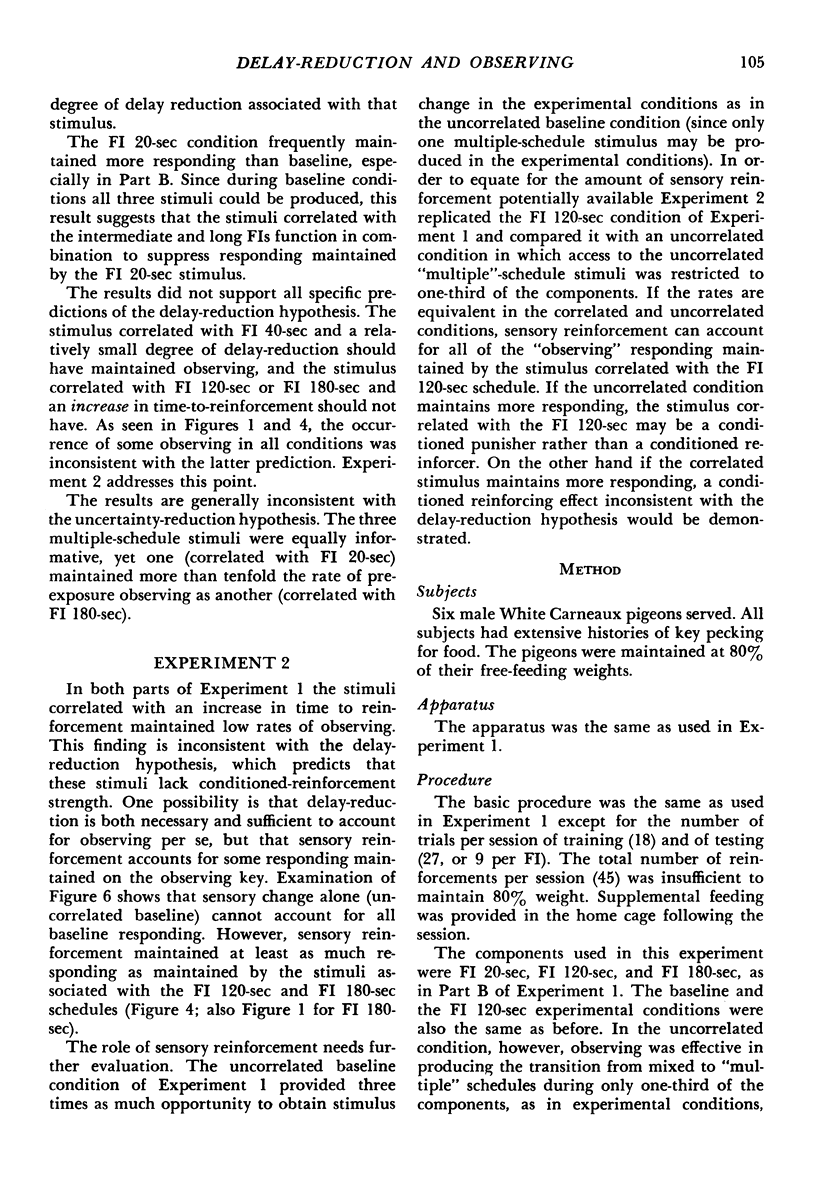

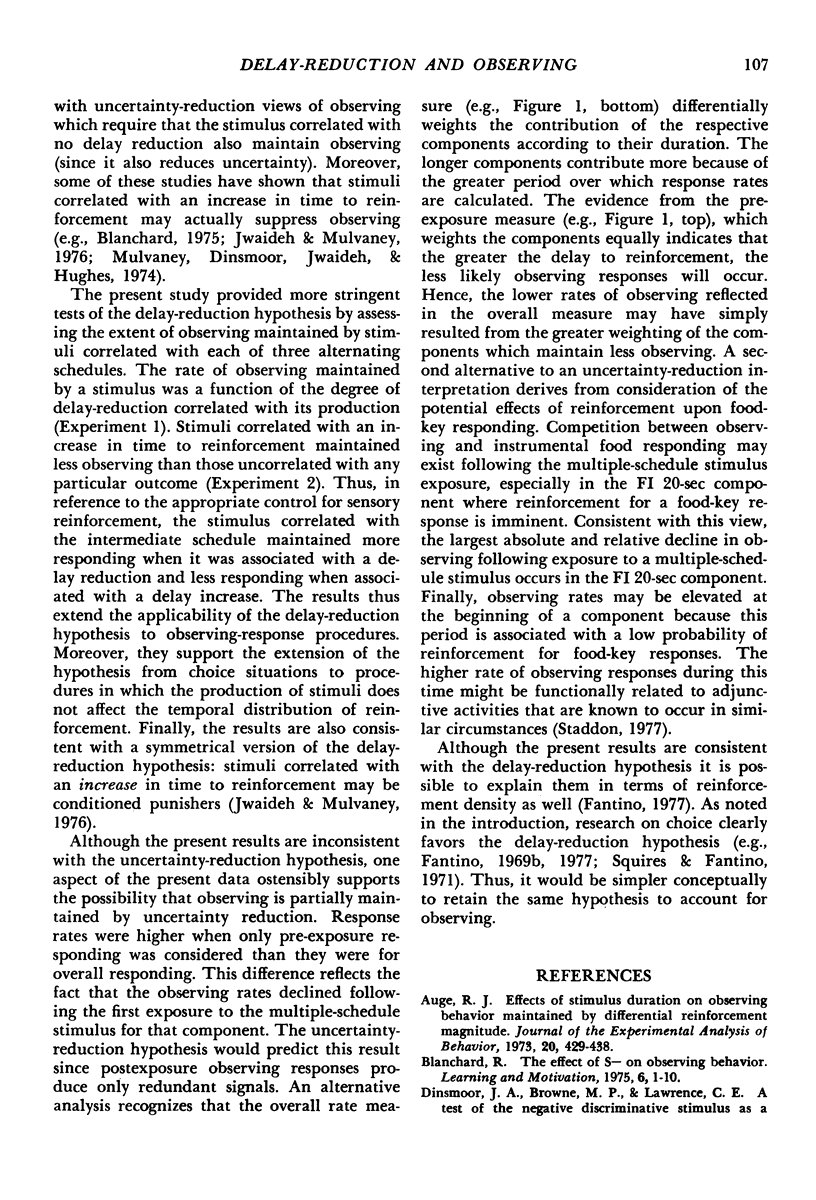
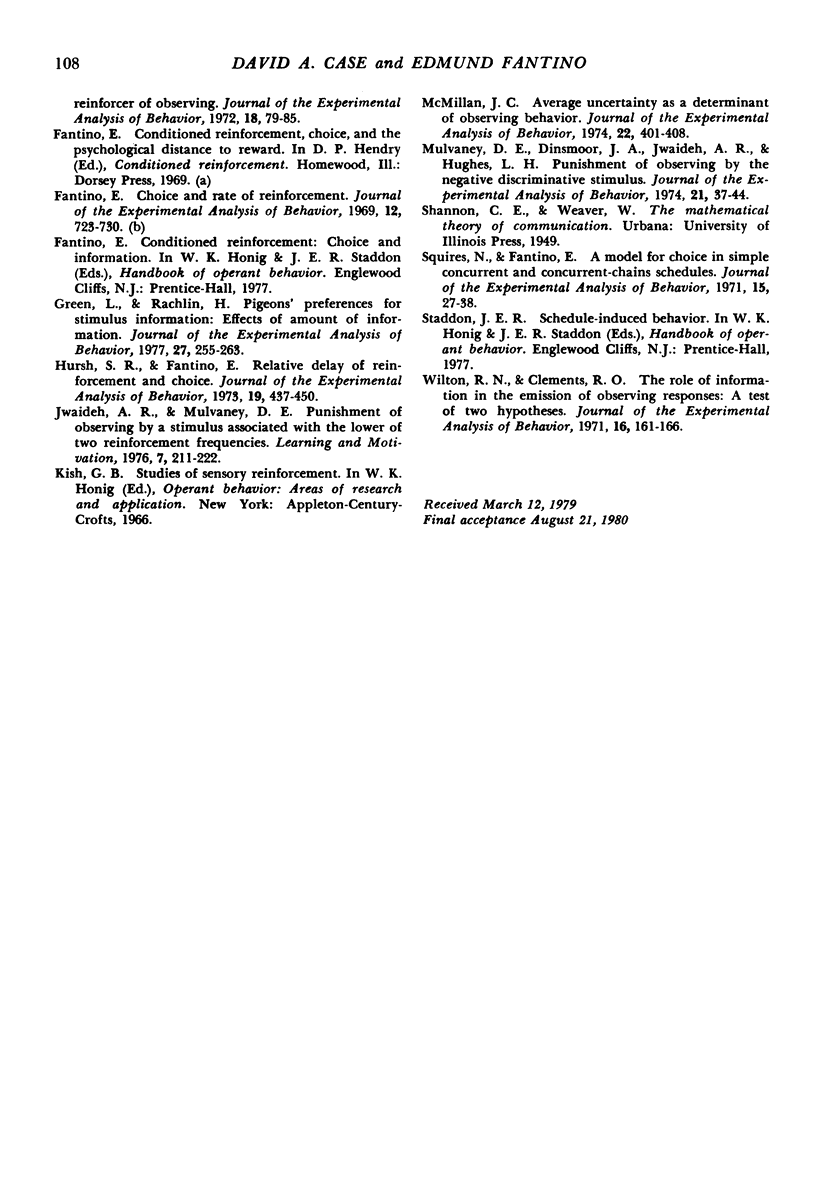
Selected References
These references are in PubMed. This may not be the complete list of references from this article.
- Auge R. J. Effects of stimulus duration on observing behavior maintained by differential reinforcement magnitude. J Exp Anal Behav. 1973 Nov;20(3):429–438. doi: 10.1901/jeab.1973.20-429. [DOI] [PMC free article] [PubMed] [Google Scholar]
- Dinsmoor J. A., Browne M. P., Lawrence C. E. A test of the negative discriminative stimulus as a reinforcer of observing. J Exp Anal Behav. 1972 Jul;18(1):79–85. doi: 10.1901/jeab.1972.18-79. [DOI] [PMC free article] [PubMed] [Google Scholar]
- Fantino E. Choice and rate of reinforcement. J Exp Anal Behav. 1969 Sep;12(5):723–730. doi: 10.1901/jeab.1969.12-723. [DOI] [PMC free article] [PubMed] [Google Scholar]
- Green L., Rachlin H. Pigeons' preferences for stimulus information: effects of amount of information. J Exp Anal Behav. 1977 Mar;27(2):255–263. doi: 10.1901/jeab.1977.27-255. [DOI] [PMC free article] [PubMed] [Google Scholar]
- Hursh S. R., Fantino E. Relative delay of reinforcement and choice. J Exp Anal Behav. 1973 May;19(3):437–450. doi: 10.1901/jeab.1973.19-437. [DOI] [PMC free article] [PubMed] [Google Scholar]
- McMillan J. C. Average uncertainty as a determinant of observing behavior. J Exp Anal Behav. 1974 Sep;22(2):401–408. doi: 10.1901/jeab.1974.22-401. [DOI] [PMC free article] [PubMed] [Google Scholar]
- Mulvaney D. E., Dinsmoor J. A., Jwaideh A. R., Hughes L. H. Punishment of observing by the negative discriminative stimulus. J Exp Anal Behav. 1974 Jan;21(1):37–44. doi: 10.1901/jeab.1974.21-37. [DOI] [PMC free article] [PubMed] [Google Scholar]
- Squires N., Fantino E. A model for choice in simple concurrent and concurrent-chains schedules. J Exp Anal Behav. 1971 Jan;15(1):27–38. doi: 10.1901/jeab.1971.15-27. [DOI] [PMC free article] [PubMed] [Google Scholar]
- Wilton R. N., Clements R. O. The role of information in the emission of observing responses: a test of two hypotheses. J Exp Anal Behav. 1971 Sep;16(2):161–166. doi: 10.1901/jeab.1971.16-161. [DOI] [PMC free article] [PubMed] [Google Scholar]


